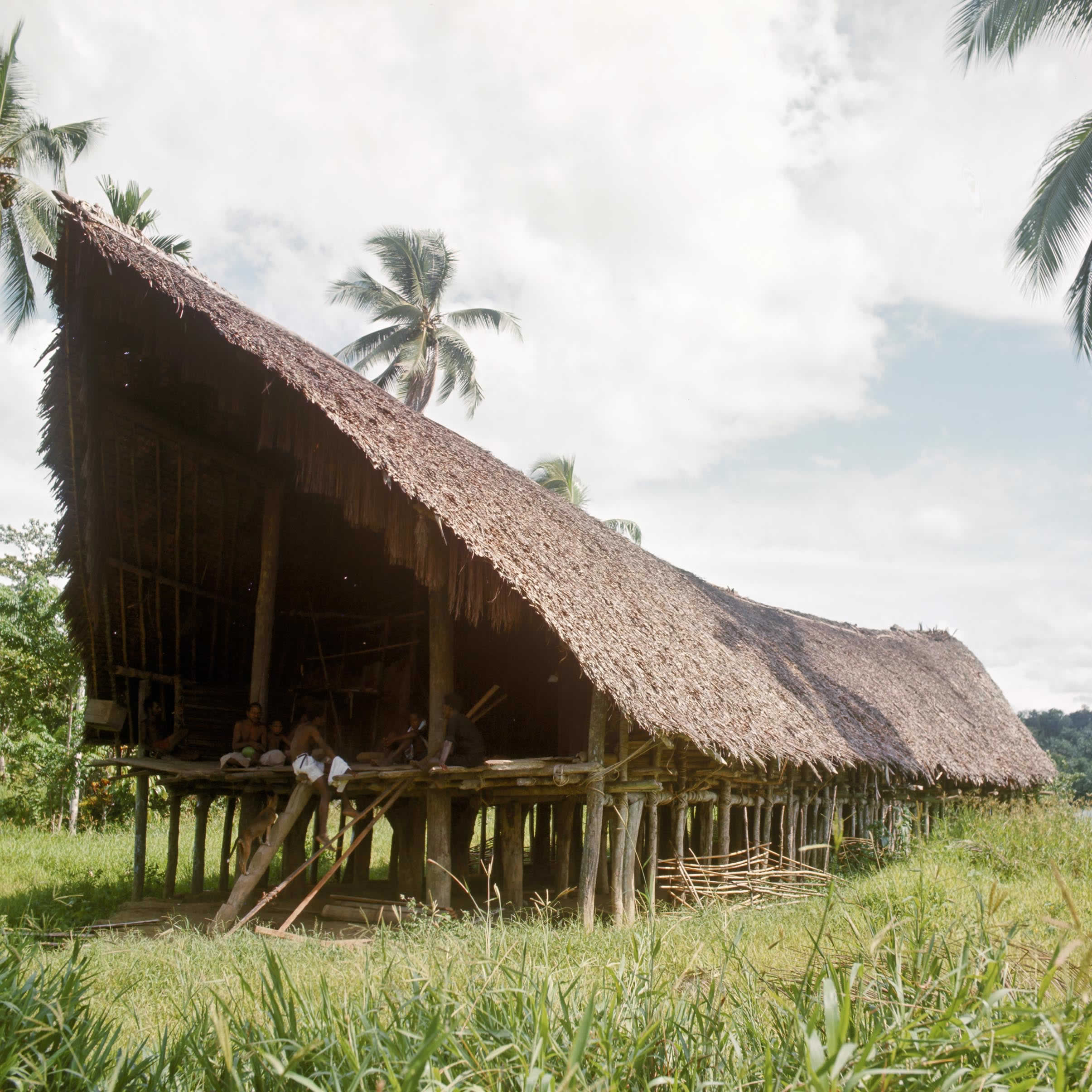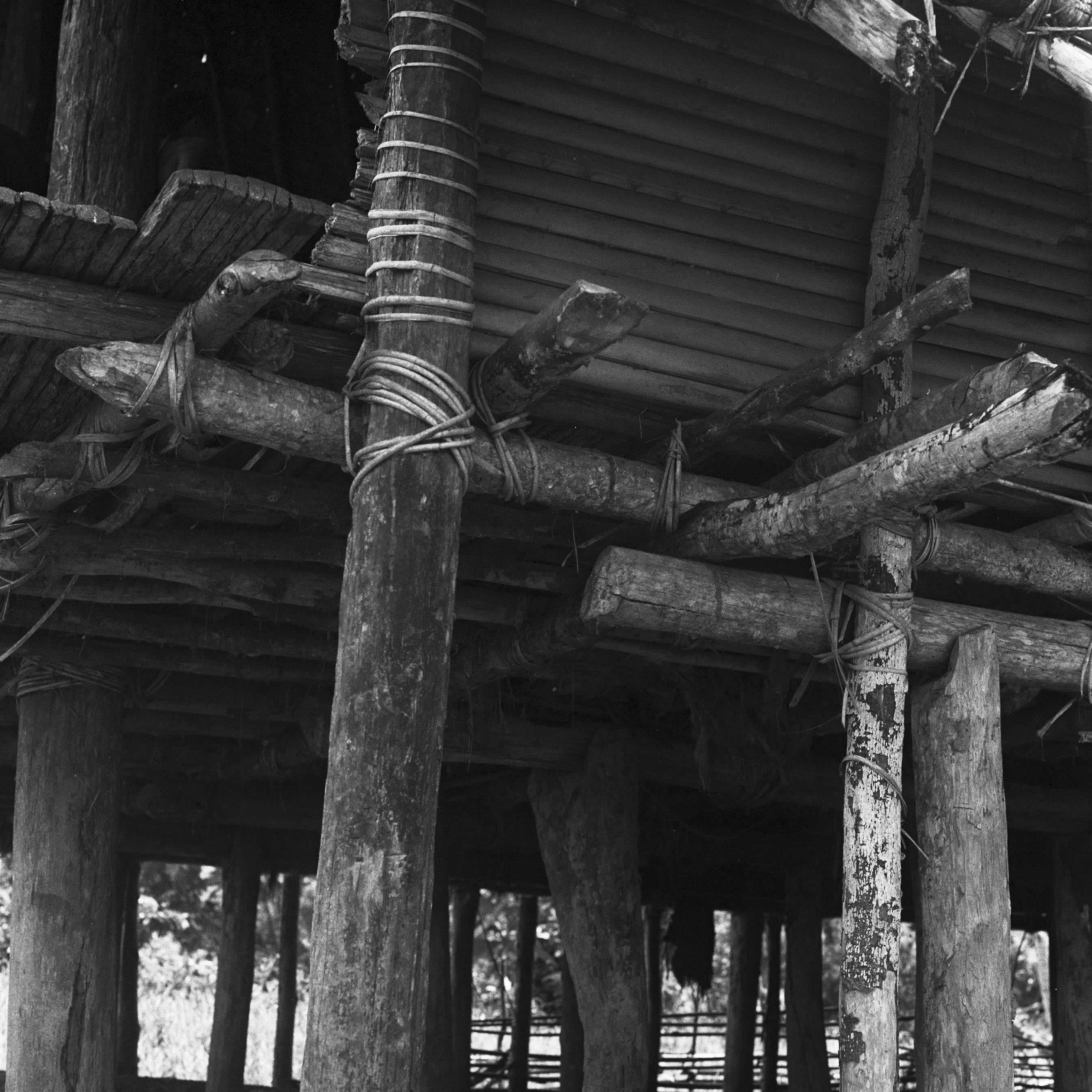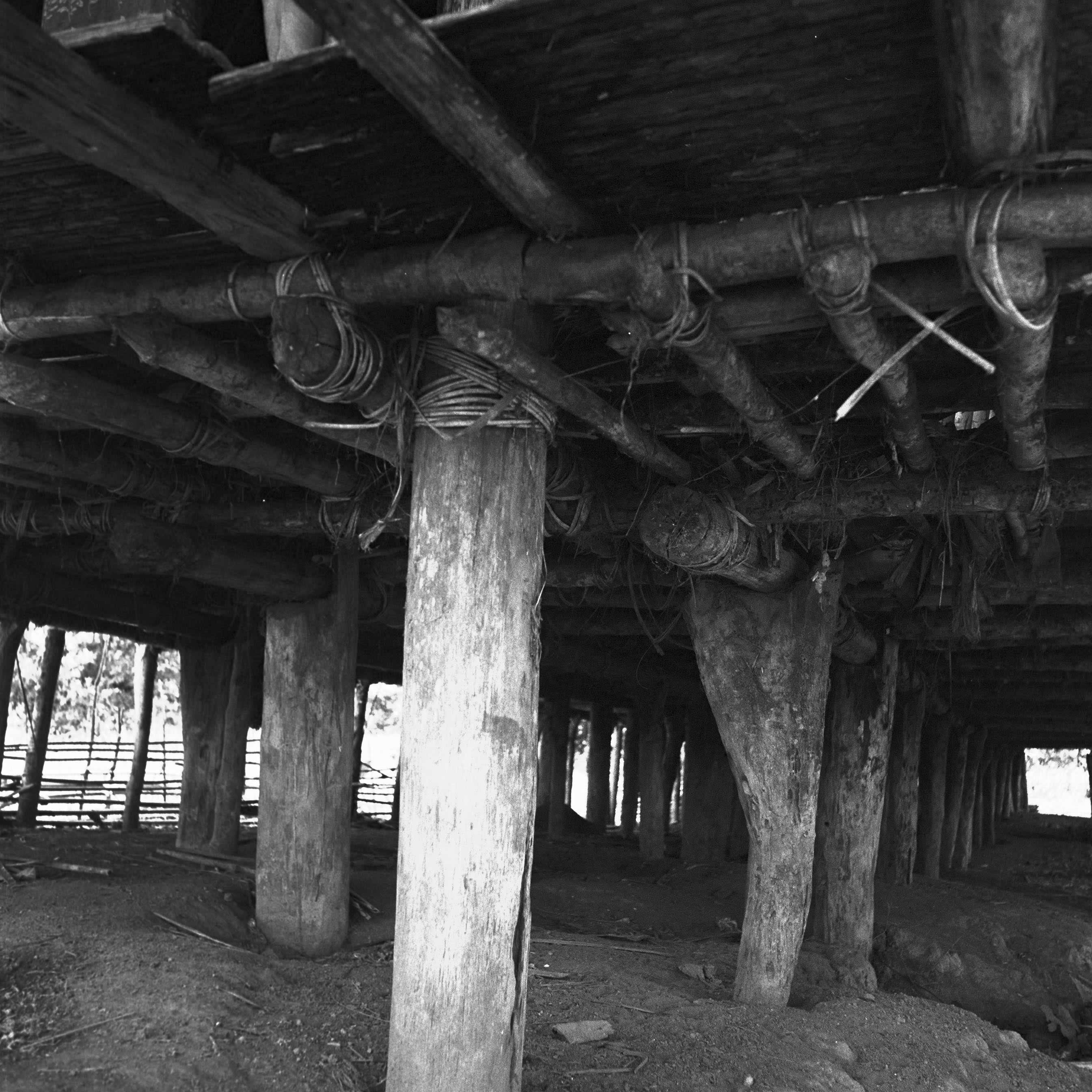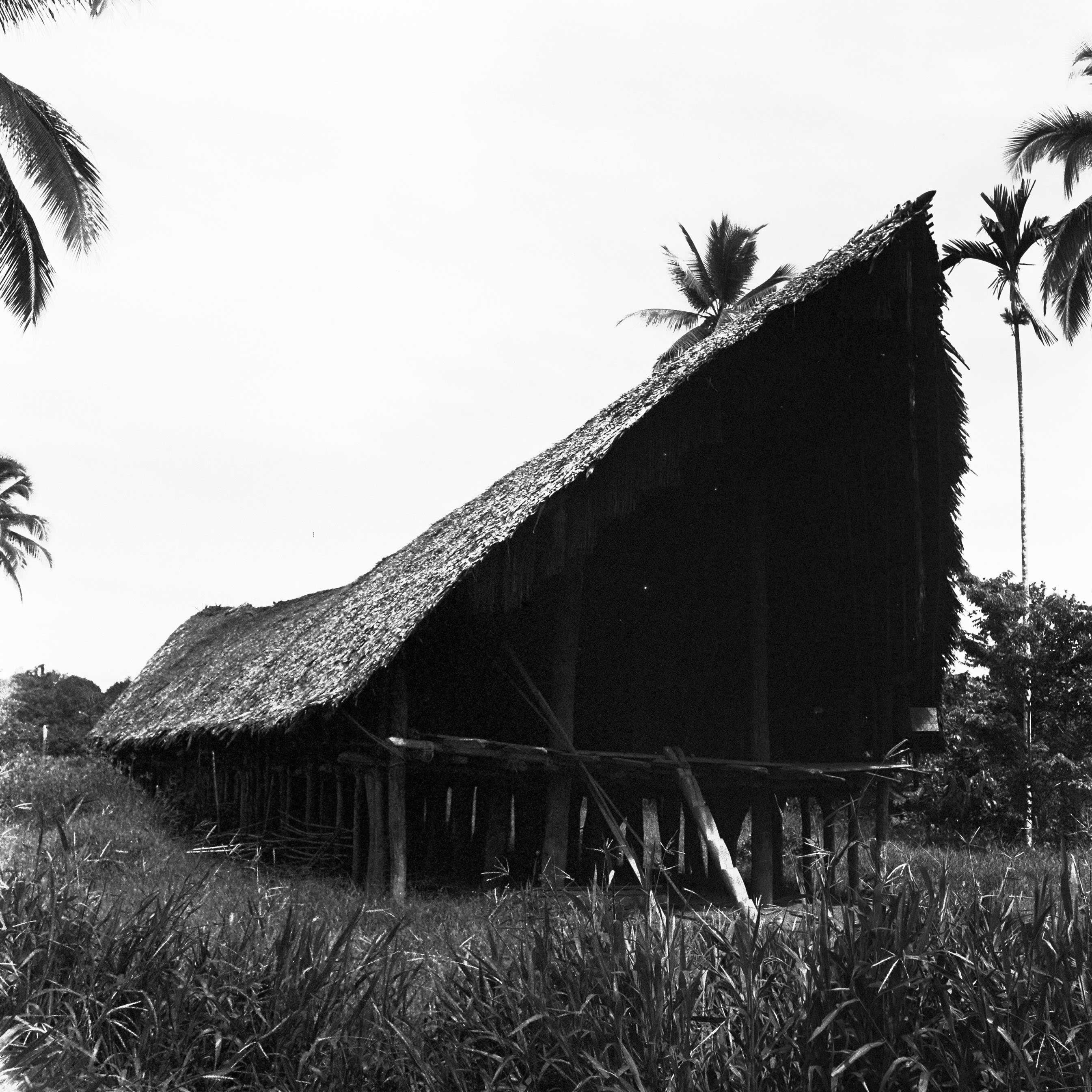A pictorial record of Melanesian architectural diversity, part one
Region: Southern New Guinea, Gulf of Papua.
Location: Village Tutugu, inland of Kerewo ethnic district, Kikori River.
Photographs taken 1966.
Bilder
Location: Paia’a village, Kerewo ethnic district , Omati River.
Photographs taken 1959.



